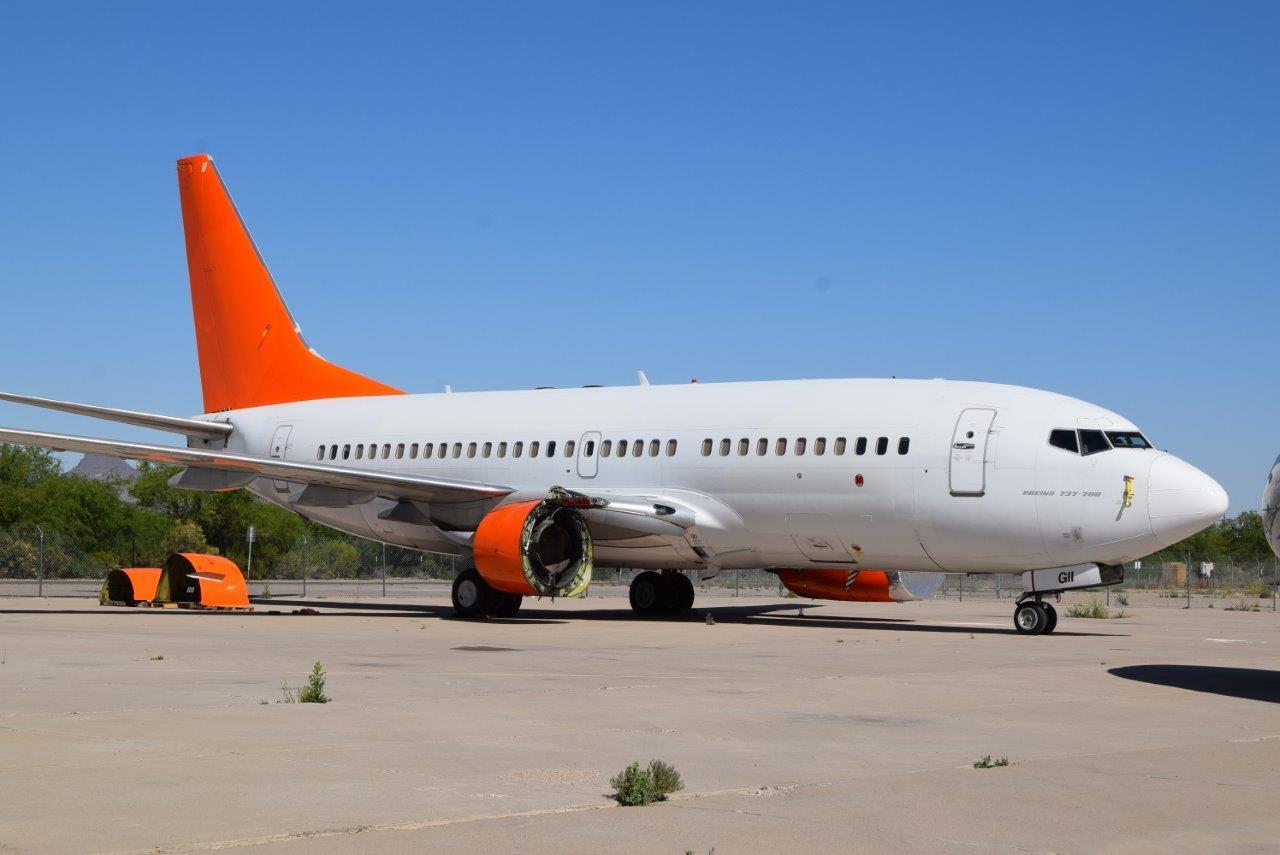
CHICAGO—Prices of some second-hand components are beginning to stabilize, suggesting the trend of skyrocketing used airframe and engine values is beginning to lose momentum.
The used serviceable materials (USM) market remains hot, with limited availability of high-demand parts, such as CFM56 and IAE V2500s needed for recent-generation narrowbodies. But as several experienced executives shared at Aviation Week’s MRO Americas, pricing trends for material coming out of some teardowns are pointing to a slow cooling off in whole-asset values.
“I think we’re at an interesting inflection point in the USM business, particularly as asset prices continue to rise, but you’re not directly seeing the hyperinflation at the component level on every single part like you saw over the past few years,” Setina iO Chief Commercial Officer Hunter Edens said. “You’re starting to see the component valuations plateau a little bit to where the market is a little bit normalized.”
The shift comes amid a period of what Green dubbed “hyperinflation” in prices for the most in-demand full assets.
Several factors, notably new-aircraft delivery delays and unexpected issues with some current-generation variants such as the Pratt & Whitney PW1000G geared turbofan, are keeping previous-generation aircraft in service longer. This is boosting demand for maintenance while suppressing the stream of retirements and related USM generation that help support it.
When operators delay planned retirements of older Airbus narrowbodies and Boeing 737s and lessors see unexpected demand for term extensions with customers, prices for teardown candidates go up.
Unical CEO Sharon Green told attendees that 737 Next Generation airframes going for “sub $1 million” a year ago are now fetching prices closer to $2 million.
On the engine side, rising prices for full assets mean Chromalloy must consider different revenue-generation scenarios. Instead of buying entire engines, parting them out, and selling the material, the company may purchase higher-value components and use its existing stock and repair capabilities to produce a whole engine.
“You could spend more for a core to build, but also for a teardown [candidate],” said David LeClair, the company’s general manager for asset and material solutions. “It really became a difficult decision, because we could sell a whole asset using all our repair solutions and really get a value back into Chromalloy, and it would be viable economically.”
Eventually, however, per-part price trends will drive full asset values.
“I don’t think the component values are increasing at a rate that’s going to justify some of these teardown values—not in the long term,” LeClair said.
The correlation between teardown yields and full-asset pricing takes time to take hold, however. Green doesn’t expect the current bubble on the most sought-after assets to burst anytime soon.
“I don’t think it’s going to end this year or next year, and maybe not even the year after,” she said. “It really goes back to supply.”





